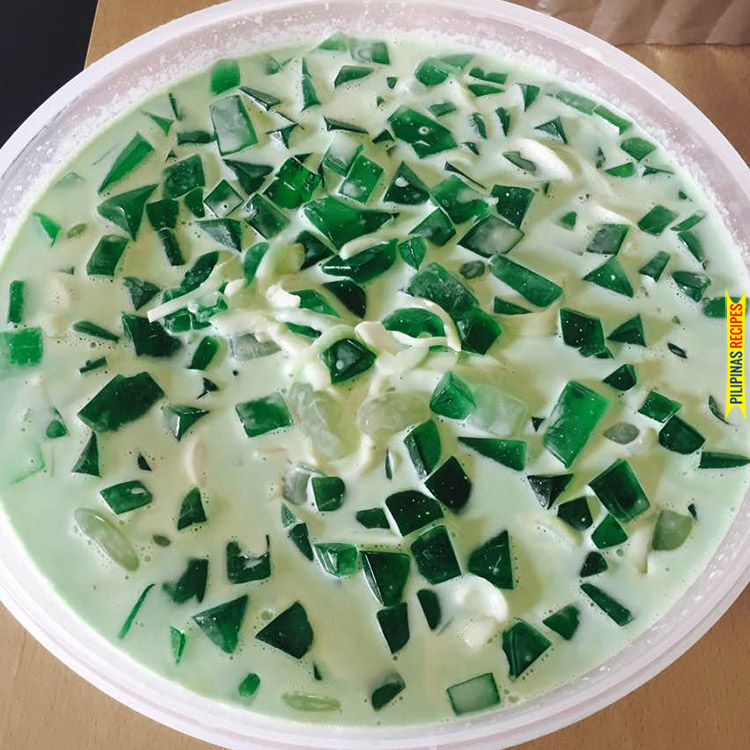

Pandan has a very sweet and grassy scent. Just wrap them in some aluminium foil and store for up to 5-6 months. Similarly, don’t pick wilted leaves.įresh pandan leaves can be easily frozen and used at a later date. Do not pick ones that are too yellow or light green in colour, as they are not ripe enough. When choosing fresh pandan leaves in Asian markets, make sure they have a dark green colour and look fresh. পোলাও পাতা or Pulao pata (in Bangladeshi shops).If you’re having trouble finding fresh pandan, it also goes by these names:

Seeing how easy it is to make, I recommend preparing the real deal instead. Commercially made, it can taste chemical and contain preservatives. Look for your local Thai, Filipino or Vietnamese supermarket – they’re guaranteed to stock some!Ĭhinese and Japanese shops are less likely to have fresh leaves, although they might have artificial pandan extract. Most South and Southeast Asian grocery stores will stock either fresh or frozen pandan leaves. They can also be used as a wrap for meat before grilling it, like pandan chicken. It can be used whole and added into coconut rice to give it a subtle flavour, like the popular Malaysian dish nasi lemak. Although mostly used for sweet dishes, pandan can also be added in savory dishes. Most of the time pandan is used in extract form, which packs the flavour and colour, without the leafy pandan pulp. It has a strong scent like a mixture of concentrated vanilla and freshly mowed grass. Pandan has a naturally vibrant dark green colour, and has long, narrow and shiny leaves. Nowadays, pandan is starting to be introduced all over the world, not just in Southeast Asian cuisines. It’s predominantly used in Indonesian, Filipino, Malaysian, Thai and Vietnamese cuisines. Pandan grows across South and South East Asia, mostly in a warm tropical climate. Its leaves have a strong, grassy aroma, making them ideal to be used as flavouring. Its scientific name is pandanus amaryllifolius. Pandan leaf comes from a tropical plant known as pandan plant or screwpine. Its main use, however, is as a sweet flavouring for desserts. Homemade pandan essence (or extract) has a naturally green color and can also be used as food colouring – without any nasty chemicals. The ingredients are blitzed into a smooth paste using a blender, then the pulp is discarded. Pandan extract is made of two simple ingredients: pandan leaves (fresh or frozen) and water. Add it to Wintermelon Milk Tea for a Vietnamese twist, use it as natural colouring for Sweet Taro Buns or add to sugar glaze for Mochi Donuts. You can use this pandan extract like you would any other type of extract or essence. The recipe below includes a standard extract and a concentrated version, great for a stronger flavour. All you need is fresh (or frozen) pandan leaves and water. This recipe takes only 2 minutes to make and stores very well, so you can have pandan flavouring handy when needed. From pandan chiffon cake, to pandan waffles, pandan ice cream, steamed buns or jelly, pandan essence is an absolute for a unique flavour.
#Pandan recipe free
If you would like to be updated for more recipes which I strive to create to perfection for sharing and for free, do check out my Instagram, Facebook Page, or YouTube🙂 Thank you so much for all of your support! Feel free to tag me or link back here!.The timing is the same for both air fryer and oven. Then, bake for about 28 – 30 minutes or until golden brown and shrunk from the edges.Sift in the flour and whisk until well-incorporated.Then, whisk in the eggs, vanilla and pandan until the batter is of a single consistency.Subsequently, whisk in the sugar until well-combined.Next, set aside to cool for 15 minutes.Firstly, melt the butter together using a microwave or double boiler method.

You can use a 6 inch round, 7 inch round or 8 inch square baking tray.


 0 kommentar(er)
0 kommentar(er)
